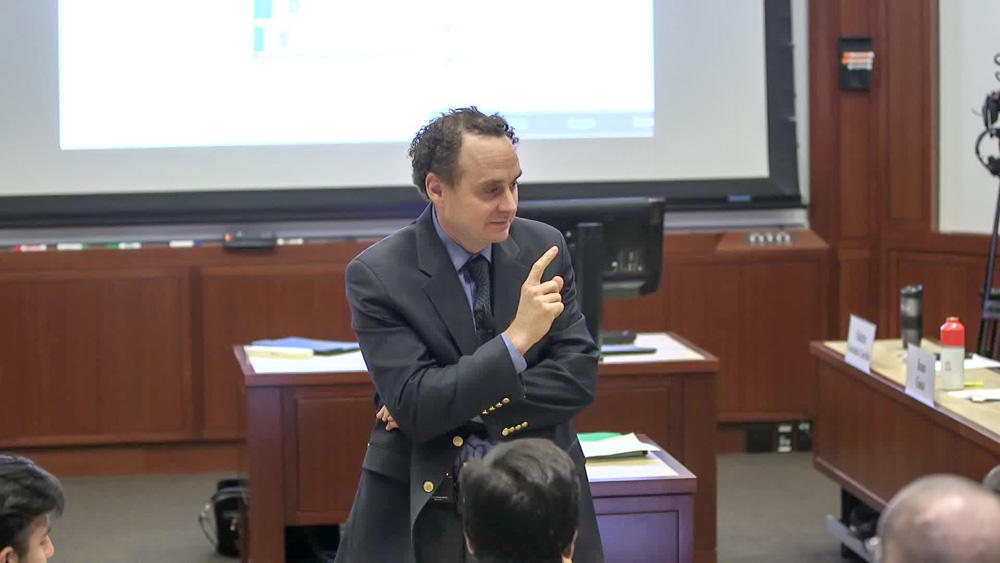Search Raw Videos
Filter by
Instructors
- Brion-Meisels, Gretchen (15)Apply Brion-Meisels, Gretchen filter
- Grotzer, Tina (15)Apply Grotzer, Tina filter
- Mandell, Brian (15)Apply Mandell, Brian filter
- McCarthy, Timothy (15)Apply McCarthy, Timothy filter
- Battilana, Julie (14)Apply Battilana, Julie filter
- Cockrill, Barbara (14)Apply Cockrill, Barbara filter
- Flehinger, Brett (14)Apply Flehinger, Brett filter
- Levy, Dan (14)Apply Levy, Dan filter
- Mazur, Eric (14)Apply Mazur, Eric filter
- Schwartzstein, Richard (14)Apply Schwartzstein, Richard filter
- Arlotta, Paola (13)Apply Arlotta, Paola filter
- Kegan, Robert (13)Apply Kegan, Robert filter
- Mansbridge, Jane (11)Apply Mansbridge, Jane filter
- Villarreal, Christina "V" (11)Apply Villarreal, Christina "V" filter
- Rakoff, Todd (10)Apply Rakoff, Todd filter
Duration
School
- Harvard Graduate School of Education (HGSE) (54)Apply Harvard Graduate School of Education (HGSE) filter
- Harvard College (53)Apply Harvard College filter
- Harvard Kennedy School (HKS) (40)Apply Harvard Kennedy School (HKS) filter
- Harvard Medical School (HMS) (28)Apply Harvard Medical School (HMS) filter
- Harvard Business School (HBS) (14)Apply Harvard Business School (HBS) filter
- Harvard Law School (HLS) (10)Apply Harvard Law School (HLS) filter
Topics
- Questioning, listening and responding (47)Apply Questioning, listening and responding filter
- Eliciting participation (23)Apply Eliciting participation filter
- Using humor (23)Apply Using humor filter
- Peer learning (19)Apply Peer learning filter
- Case teaching (17)Apply Case teaching filter
- Making thinking visible (15)Apply Making thinking visible filter
- Sharing expertise (12)Apply Sharing expertise filter
- Opening class (11)Apply Opening class filter
- Building community (9)Apply Building community filter
- Building rapport (9)Apply Building rapport filter
- Challenging content (9)Apply Challenging content filter
- Instructional technology (9)Apply Instructional technology filter
- Offering feedback (8)Apply Offering feedback filter
- Closing class (6)Apply Closing class filter
- Exercising flexibility (5)Apply Exercising flexibility filter
Copyright © 2024 The President and Fellows of Harvard College | Privacy | Accessibility | Digital Accessibility | Report Copyright Infringement


